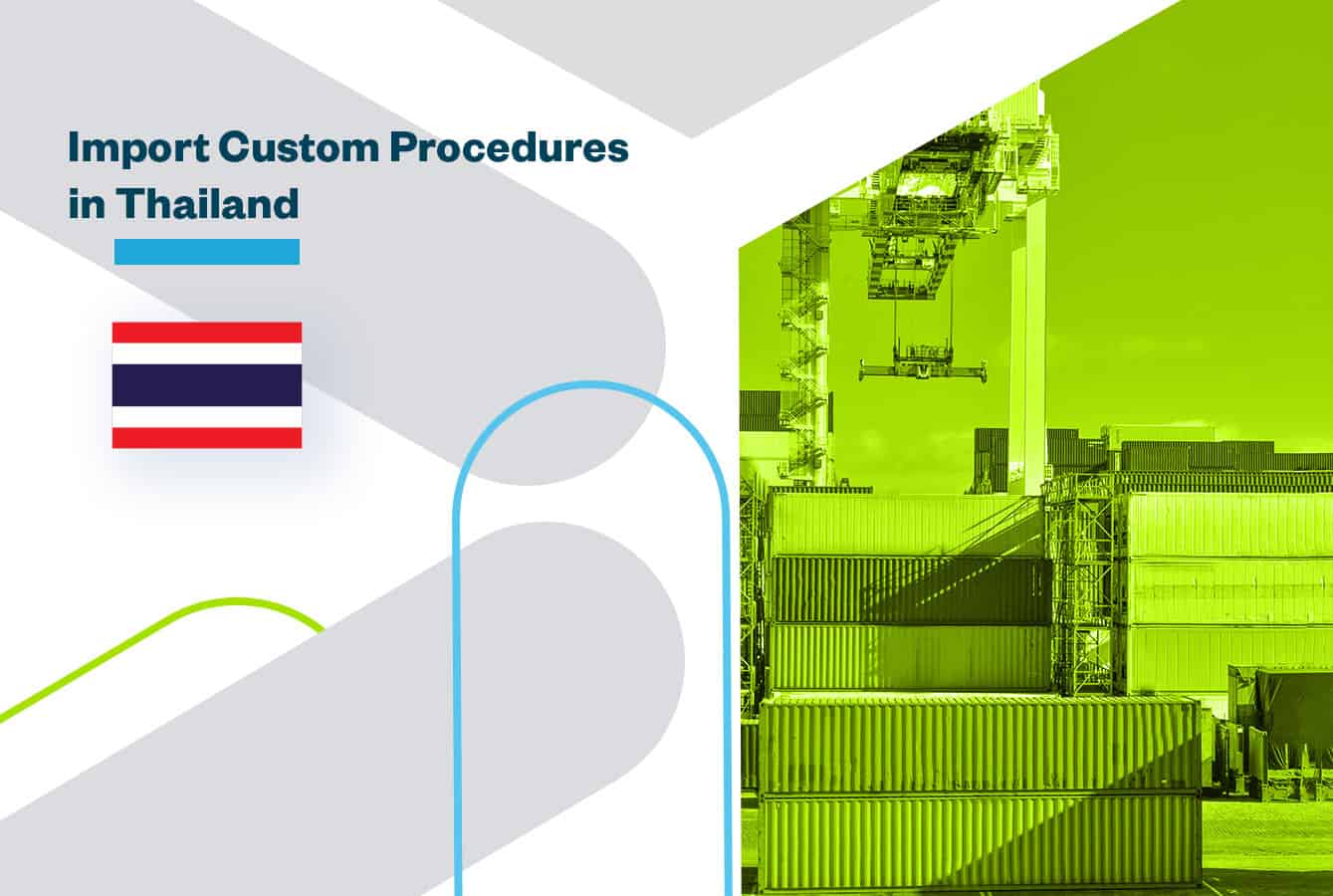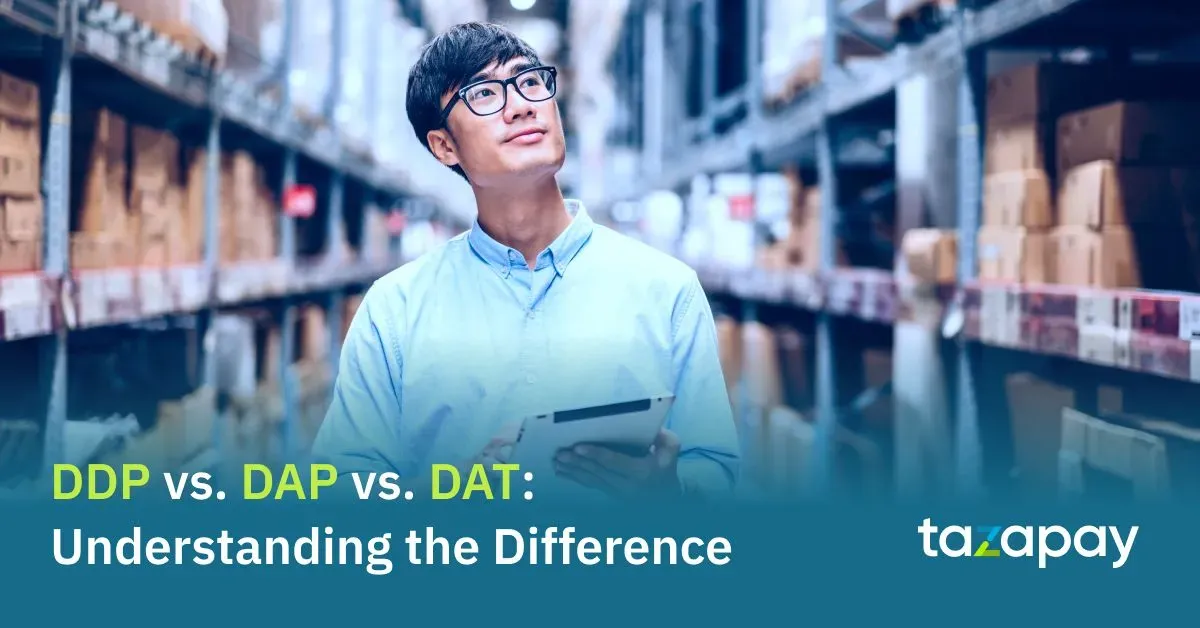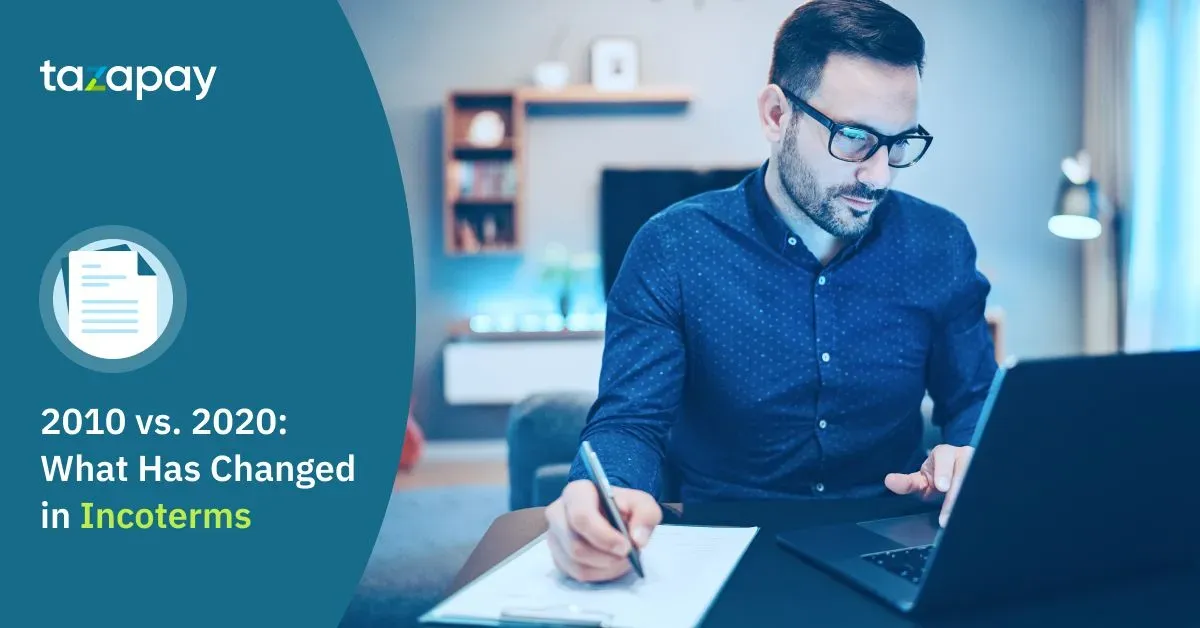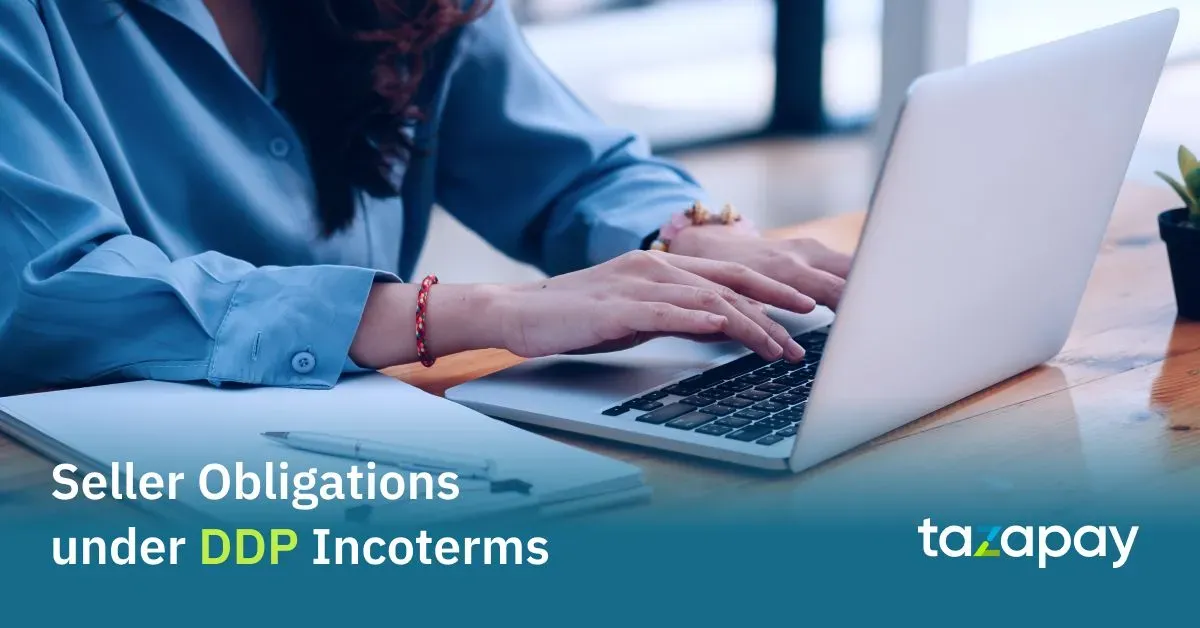- Home
Blog Blog
Customs & Incoterms Customs & Incoterms
Quick Understanding of Import Procedure in Thailand
Quick Understanding of Import Procedure in Thailand

Import Procedure
The online e-Customs system is used to centralised all the procedures for importing goods into Thailand. To register for the system, the importer must already possess a ‘digital certificate’. Once a digital certificate is in place, the importer may proceed to register for the e-Customs system. Furthermore, Thailand allows the importation of most goods into the country without significant licensing . However, certain product categories require the presentation of a licence approved by the Ministry of Commerce as part of the import procedure.
Under the existing import procedure, there are 26 categories of products or items that require import licenses. Notably, many raw materials, petroleum, industrial, textiles, pharmaceuticals, and agricultural products are the main segments that need licenses before importing. These products must be registered and have obtained authorisation from the relevant authorities. For goods import not requiring any additional licenses, the permit must comply with applicable regulations of Authorities or Agencies, including, in some cases, extra fees and certificate of origin requirements.
Several products are subjected to import control, namely;
- 1. Processed foods, medical devices, pharmaceuticals, vitamins, and cosmetics require licencing from the Food and Drug Administration, Ministry of Public Health.
- 2. Whether registered or no, antiques or objects of art, require permission from the Fine Arts Department, Ministry of Education.
Import Documentation
The customs clearance procedures for cross-border trading into Thailand requires the following import-export documentation:
- 1. Submission of Customs’ Import entry form
- 2. CIPL – Commercial Invoice/Packing list
- 3. International Shipping Documents – Bill of lading or Airway bill
Additionally, there are product categories that may require an import license or an additional authorisation from relevant Authorities or Agencies. These include food products (processed or unprocessed), pharmaceuticals, medical devices, healthcare products, cosmetics, hazardous substances, animals, and some agricultural products.
Lastly, it is highly recommended to nominate a Freight Forwarder or Agency to deal with import customs clearance in Thailand.
For more information on import procedure in Thailand, please visit the website of Thai Customs. You can also check out our latest article on the export procedures in Thailand.
Category

Customs & Incoterms
Quick Understanding of Import Procedure in Thailand
Related Articles

DDP vs. DAP vs. DAT: Understanding the Difference

2010 vs. 2020: What Has Changed in Incoterms






